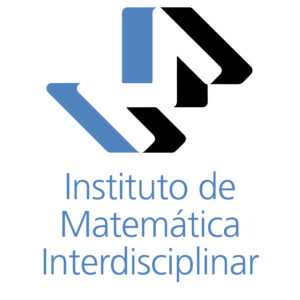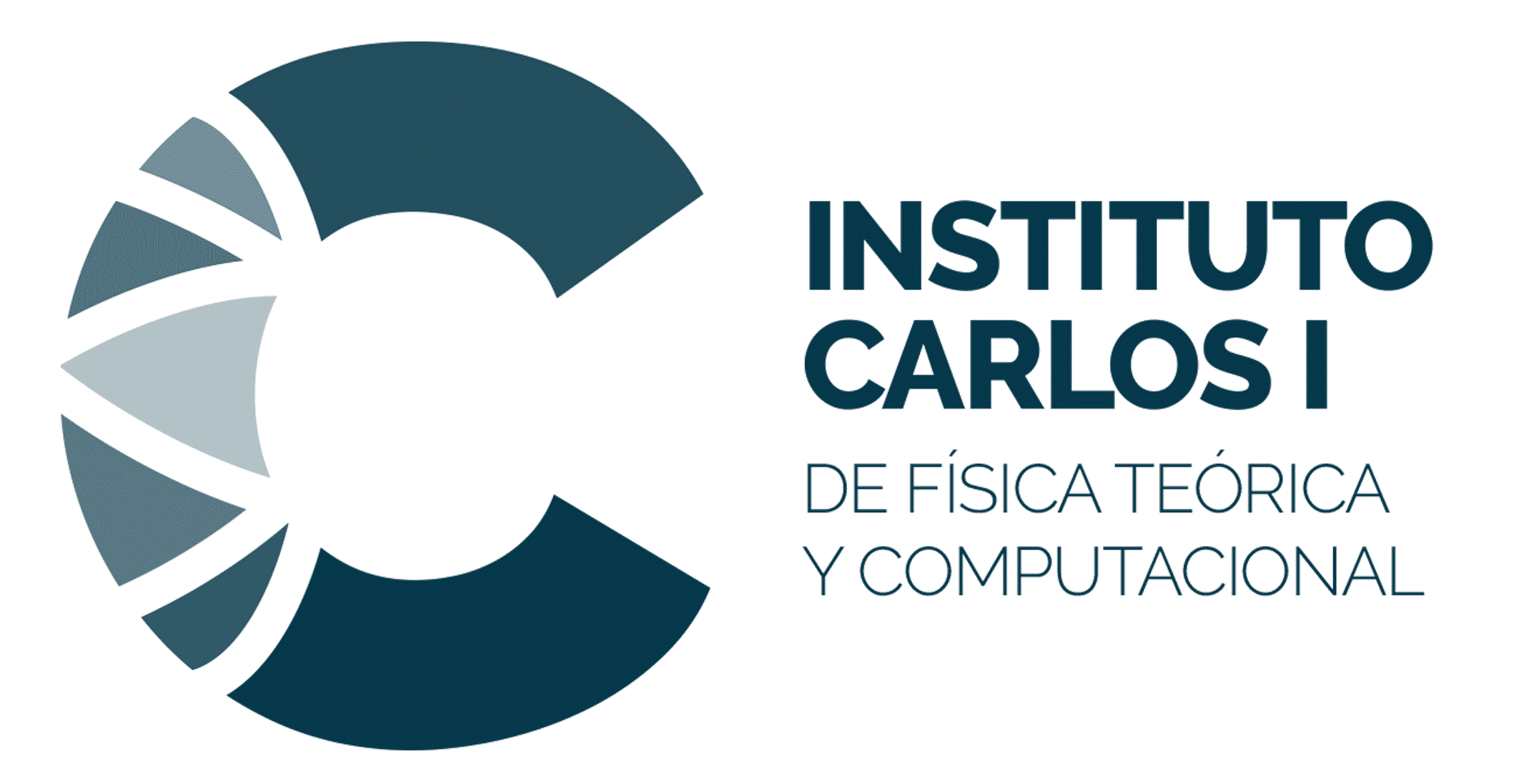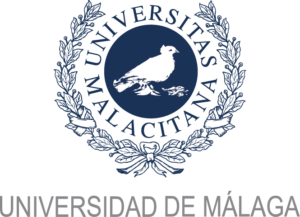Partners
Our team includes professionals from different universities, institutions, companies and research and development centers.
The University of Malaga (UMA) is the organising and coordinating entity of the Multiphysics Modeling School and is the university that issues the corresponding official Master’s degrees. In addition, it provides most of the teaching team and the online teaching platform. It also makes available to Master’s students the use of their COMSOL Multiphysics teaching license through VPN access.
It is a public higher education institution. There are nearly 40,000 students and approximately 2,450 professors. It offers 65 undergraduate and 120 postgraduate degrees, including PhD programs and master’s degrees. The programs are taught in 19 different centers by professors assigned to 81 departments.
It is the promoter, together with the University of Seville, of the Andalucía TECH project, which obtained the category of “Campus of International Excellence“, a distinction that refers to the excellent quality of its research and teaching activity. Its commitment is focused on technological development, with special attention to new energies, biotechnology and communications. Also noteworthy is the participation in Malaga TechPark and infrastructures such as the Picasso supercomputer.
Currently, the University of Malaga has 263 research groups, 44 international projects and 99 national projects. In addition, it has 532 agreements and contracts with private companies or technological entities and a portfolio of nearly 250 patents. UMA also has a modern network of research infrastructures that brings together a wide variety of laboratories.
Addlink began its activity in 1991 as a company dedicated to the selection, import, dissemination, marketing and support of high-performance scientific-technical applications. At the time of its foundation, Addlink Software Científico was the only company in Spain dedicated to the distribution of scientific and technical software. It is currently the sales leader for this type of software in Spain, which makes it a solvent company.
His professional activity is based on the role that science and technology currently play as a factor of progress, and on the fundamental role that information technologies play in favor of new professional profiles in the different branches of science and industry. We believe that many of the challenges of competitiveness, productivity and creativity demanded by the global market can be met through the use of knowledge-based IT tools. They provide access to a wide range of knowledge, allowing any type of company or collective institution dedicated to R&D to “stand on the shoulders of giants”, to paraphrase Isaac Newton. The set of these programs is the compendium of human wisdom in the field of science and technology, available for immediate use.
Addlink Software Científico offers a wide range of professional services, among which is training: technological advances have created software tools with a high level of sophistication, complexity, precision and power. In many cases, a training program is usually essential to reach its optimal use. Proper training shortens the learning curve, reduces start-up time, and allows to quickly obtain benefits from using the software. The training that Addlink has been offering is aimed at both companies and professionals, teachers or students in the sector.
COMSOL provides software solutions for multiphysics numerical modeling and simulation. It is a fast-growing, high-tech science and engineering software company with a proven track record and an industry-leading vocation. The company was founded in July 1986 in Stockholm, Sweden. It currently has its official headquarters in Burlington, Massachusetts (USA), and has national offices and distributors throughout the world.
Its corporate culture, like its products, is innovative, vibrant and cutting-edge. It fosters creativity through a stimulating and challenging environment in which people stand out and grow professionally. The talent of its staff and an active learning environment are the keys to its success, which has allowed to grow to a staff of more than 460 workers.
COMSOL’s corporate mission includes developing easy-to-use software for modeling and simulating real-world multiphysics systems, helping users get the most out of its products, maintaining and strengthening COMSOL’s position as a leading technical software provider and establishing its technology as the main tool for engineers and scientific researchers in the fields of high-tech product design and education.
COMSOL Multiphysics users are researchers and engineers working for leading technical companies, research labs, and universities, where the software allows them to design and to develop better products. By using this simulation software, users achieve that cars and planes become safer and more energy efficient, and that mobile phones have higher reception capabilities. In addition, they can search for new energy sources, explore the universe, develop medical equipment that enables more accurate diagnostic and educate the next generation of scientists and engineers.

The Complutense University of Madrid contributes with part of the teaching staff of the master’s degree. It is a public higher education institution. Nearly 74,300 students are here and approximately 5,900 professors develop their academic activities. It offers 70 undergraduate and 215 postgraduate degrees, including doctoral programs, master’s degrees and own degrees. The programs are taught in 26 different centers by professors assigned to 98 departments.
The UCM forms, jointly with the Polytechnic University of Madrid and other organizations, such as the CIEMAT, the CSIC or the INIA, the Moncloa Campus. This Campus of International Excellence is committed to specializing in six thematic clusters in which it aspires to scientific and teaching excellence: Global Change and New Energies, Materials for the Future, Agri-food and Health, Innovative Medicine, Heritage and Sustainable Mobility.

Due to its inter-university nature, it also carries out teaching tasks that include basic and interdisciplinary aspects of physics. Among its purposes is to stimulate and promote scientific merit, as well as an strong interaction between its members.
The iC1 is not limited to promoting and facilitating the work of its research groups, but also develops notable activity in postgraduate teaching through the implementation of degrees of a markedly interdisciplinary nature such as the ACTO program (Scientific Technical Computer Applications), the Computer Applications course for the Science Classroom in Secondary Education or the summer course entiteld Physical and Mathematical Aspects of Nature and Society.
The institute is currently a promoter and partner of Multiphysics Modeling School. In addition, it participated in the creation of the FISYMAT (Physics and Mathematics) master’s and PhD program, which is currently the postgraduate programs with the most acceptance among physics and mathematics students.
Among other activities, the iC1 also stands out for its participation in international, national and local research networks. The iC1 promotes and finances international congresses and workshops -among which the organization of the biannual congress GRANADA SEMINAR stands out for 20 years of existence. In addition, it maintains a multitude of scientific collaborations.
Another noteworthy aspect is the dissemination of science at national and international levels, for example through support for the STATPHYS and FISES initiatives, and participation in scientific societies (EPS, IUPAP,…). The result is a great visibility of the iC1 and a very positive impact of its activities in the scientific community.


